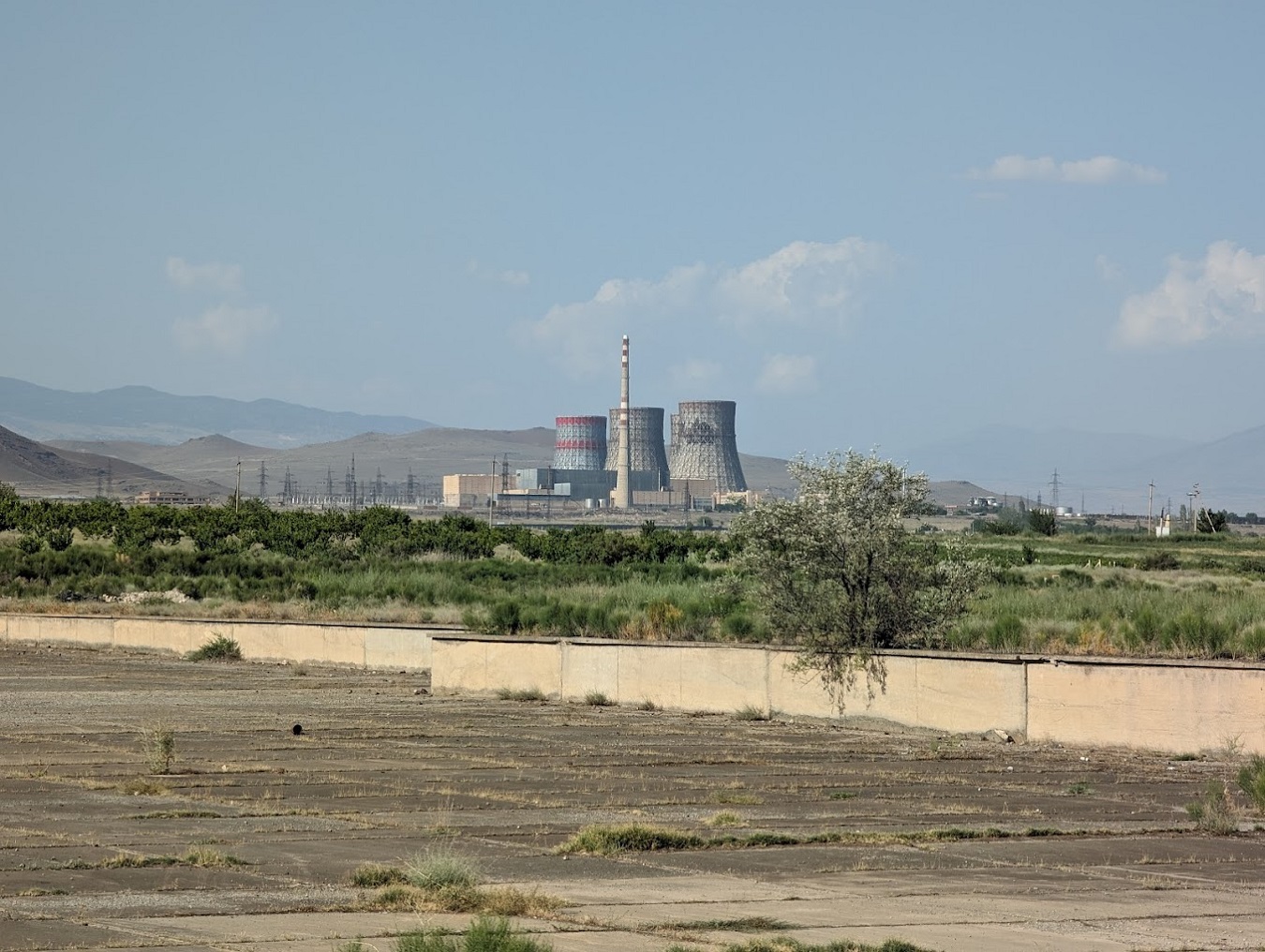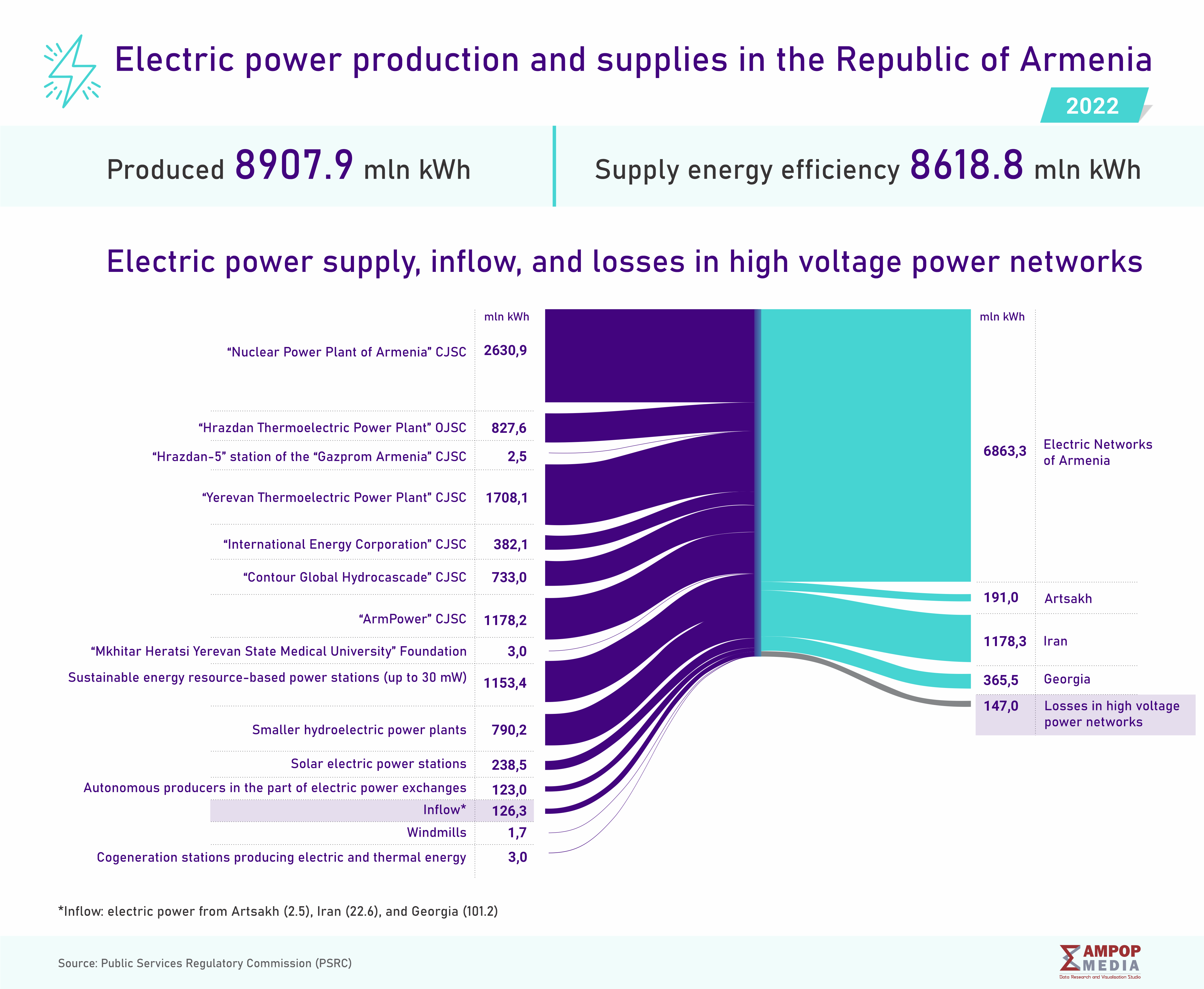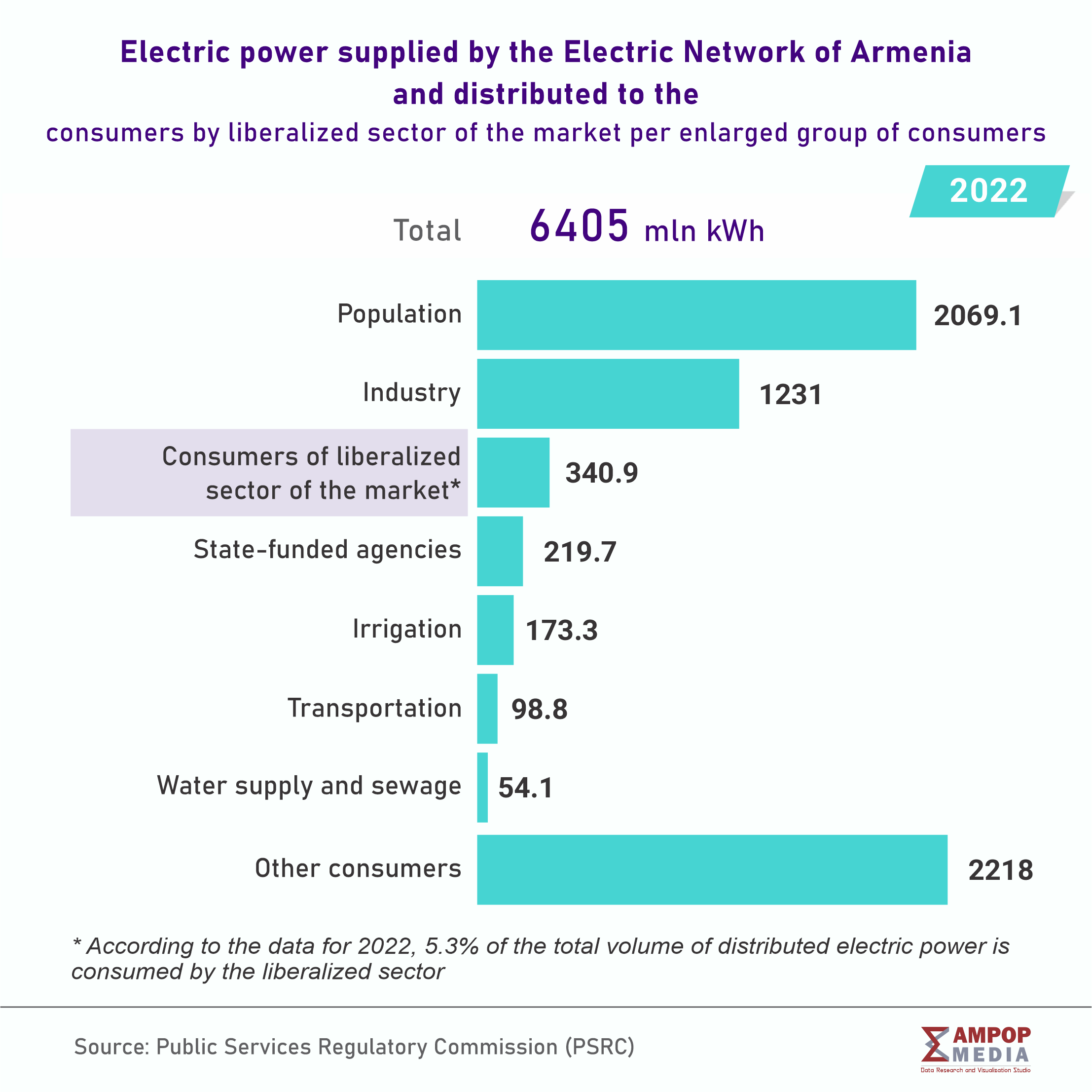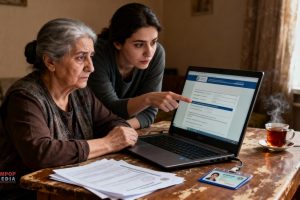The debates over the perspective to build a new nuclear plant in Armenia are underway on both official and experts’ levels. Specialists seem to be unanimous in that a nuclear power plant is very much sought-for source of electricity to cover at least the domestic demand. This shared position was reconfirmed during the discussion “The New Nuclear Bloc in the Context of Armenia’s Energy and National Security”.
An overview of the situation
The license issued for the Metsamor NPP is due to expire in 2026; however, there is an opportunity to extend it for another 10 years, Gnel Sanosyan, Armenia’s Minister of Territorial Administration and Infrastructures, reminded at the budget discussion in the National Assembly.
The capacity of the power plant, as well as its type, are still to be decided on.
There is no much alternative, though, and, so, the choice is between the American and the Russian models.
The Russian model is similar to the one currently operating in Metsamor, however, with a reactor capacity exceeding the current NPP’s for 2.5 times; the American model runs on a modular reactor.
Ampop Media has already told on small modular reactor nuclear power plants in one of its earlier publications.
Vahram Petrosyan, the head of the “ArmAtom” and one of the participants of the discussions, underlines that the maximum capacity of the American modular power plant may at best be equal to that of the currently operated NPP in Metsamor. The capacity of a module is 77 mW, and the number of modules allowed in a single system shall not exceed 6. Petrosyan says, according to the information at hand, the modular power plants have not so far been tested on ground anywhere, which may require some time, whereas Armenia cannot wait for the tests to complete, because it is short of time left till end of the license for the Metsamor plant.
“The first modular reactor may be tested on ground in 2029-2030 at the earliest, and we don’t have the time [to wait for the results]. The decision on the new power plant has to be made within a year. If we miss the time and don’t make the right decision, we will remain without a power plant,” Artur Avetisyan, expert on energy issues, says.
The one fundamental condition the experts have a shared position about is that the new nuclear power plant shall have higher capacity that the one operated in Metsamor.
Avetisyan stresses the unique opportunity that the new nuclear power plant may bring to Armenia in becoming a regional player, pointing that the plant could help the country solve both energy supplies and national security-related issues.
“At present, there are least two major energy projects Armenia has joined: the first one is the North-South energy corridor, and the second one is the project on building electric power line running through the seabed of the Black Sea, as part of the Global Gateway program. If we take the advantage of our geographic location and prove able to play the energy balance in our favor, we will have a crucial role in the energy project implemented by India, Russia, and Europe,” the expert believes.
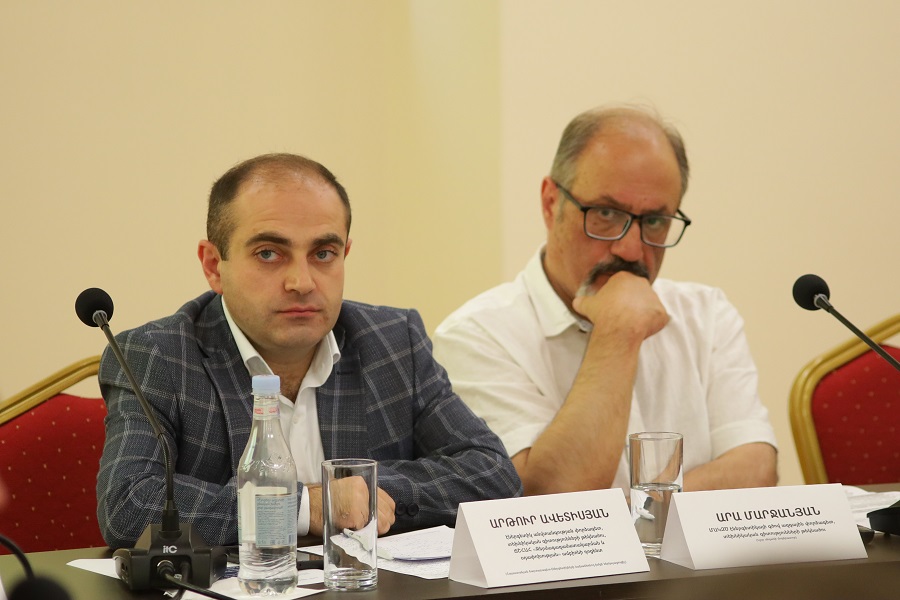
The multilateral agreement between Iran, Russia, Georgia, and Armenia on building the North-South energy corridor was signed in 2016. The roadmap of the corridor was approved at a session in Yerevan. According to the agreement, the signatory parties are expected to synchronize the electric power lines.
The Global Gateway project was launched by the European Commission in December 2021 as a part of the strategy to establish international ties in the sphere of digital technologies, energy, and transportation. The investments in the program in 2021-2027 are expected to reach 300 billion euros.
Energy diplomacy: a political playing card
Aside from the economic benefits, these projects contain serious political components. Avetisyan observes, Turkey and Azerbaijan spare no effort to make sure Armenia is left out of these major initiatives. That adds to the need to consider the risks and stand back from trading sustainable capacity for instability.
“There is an observable trend of opting for stability. If we are to break the economic blockade and take the path of innovation and development rather than provide purely for the domestic demand, we need larger capacities; of course, if we need to get back to the situation of the cold and dark years, then the existing NPP is more than enough,” the expert says.
Another major factor that may become a serious push in terms of nuclear power plant operations, is the Green Economy Building Program, adopted by the European Commission on 9 February 2022, which reiterates that the nuclear energy sector does not oppose the program.
The expert says this consideration shall be at the core of negotiations around energy projects.
Expert on energy issues Edward Arzumanyan argues the stand on a new nuclear power plant much supported by those, who attended the discussions.
He says there shall be no place for hastiness when it comes to the construction of a new nuclear power plant; besides, Arzumanyan believes, 1000 to 1200 MW capacity is both an excess and a threat for a country like ours.
“The Nuclear Safety Regulation Committee renewed the license for the NPP in 2021, which will stay in effect until 2031 on a condition the body of the reactor gets inspected for safety considerations in 2026. If everything goes as expected, and I am sure there won’t be any problem, the NPP will operate until 2031. Then the level of safety will be checked again and a new license will be given until 2041,” Arzumanyan says.
The expert’s confidence that the technical condition of the reactor in 2031 will be sufficient to continue the operation of the power plant is based on the information about the technical condition of similar energy blocs operated in Russia. Arzumanyan believes, in 2031 the capacities of the prospective NPP will need to be calculated based on the expected volumes of consumption, the opportunities to export electric power, as well as the scale of the reliance om solar energy.
“There are plans to install five solar energy stations by 2031 with a 200 MW capacity each. Their cumulative capacity will the double of the capacity of the existing nuclear power plant. Those stations have 20-30 years life expectancy. And so, the consumption volumes shall be taken into consideration when planning a new power plant in 2031,” the expert underlines.
The estimated time required for the construction of a new nuclear power plant is 8 to 10 years.
Arzumanyan believes installation of electric power accumulators by the solar stations is needed, because the stations do not produce electric power round-the-clock.
Avetisyan disagrees with the attempts to put solar stations and the NPP on equal level, since, he believes, the solar power stations are an unstable and oftentimes unpredictable source of energy, whereas sources with predictable and stable capacities are increasingly sought for, globally.
Aram Gevorgyan, PhD in Technical Sciences, does not object to the idea of having a new and more powerful NPP, underlining at the same time the importance of starting the signing contracts with external beneficiaries right away. That, he believes, will help add clarity in the capacities of the prospective NPP, and will guarantee consumption of the produced electric power.
Aside from documents that will require further development, there are things to be done to ensure the vital infrastructures, including the priority construction of the 3rd electric transmission line between Iran and Armenia, postponed several times in a row, as well as the construction of a new line to Georgia, are in place.
The construction of the 3rd 400 kW electric transmission line between Iran and Armenia has started years ago and was expected to be completed in 2020. Currently the completion is anticipated in 2025.
The capacity of the existing 220 kW electric power transmission line to Georgia will not suffice for the participation in the regional project, and, so, a second line of the same capacity is planned.
By Lilit Poghosyan and Suren Deheryan
Infographics by Anush Baghdasaryan
Data analysis by Karine Darbinyan
This article has been written in the framework of the “Access to Energy” project in cooperation with the Friedrich Ebert-Stiftung (FES).
More articles about #EnergySecurity
© All the stories, infographics and other visuals bearing the Ampop Media logo is possible to publish on other audiovisual platforms only in case of an agreement reached with Ampop Media and/or JFF.
Փորձագետի կարծիք
First Published: 06/09/2023


